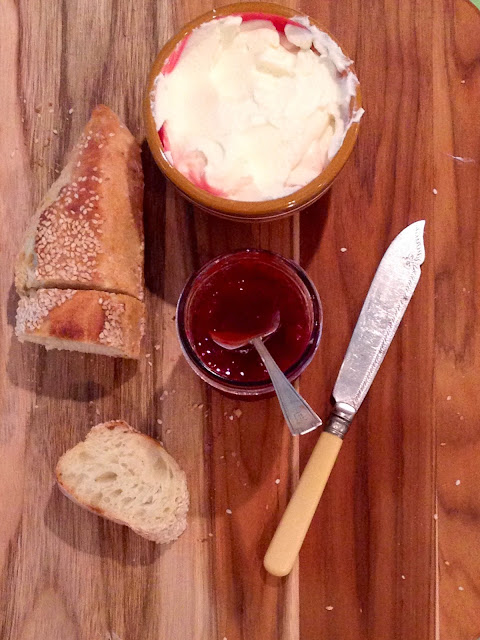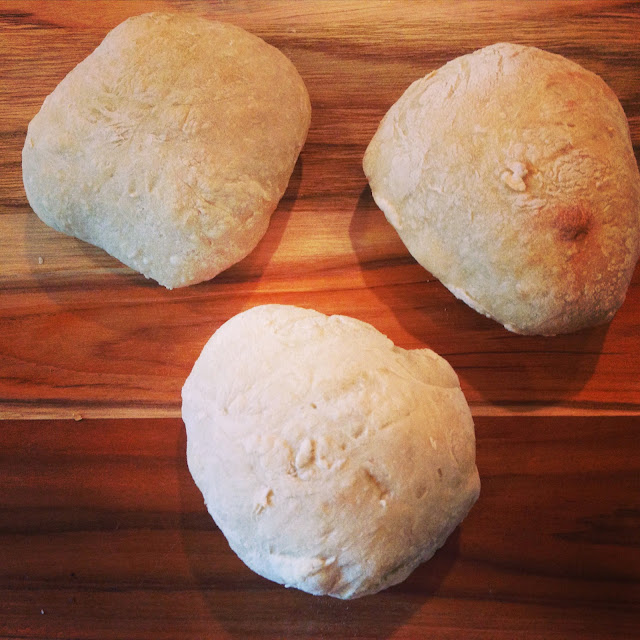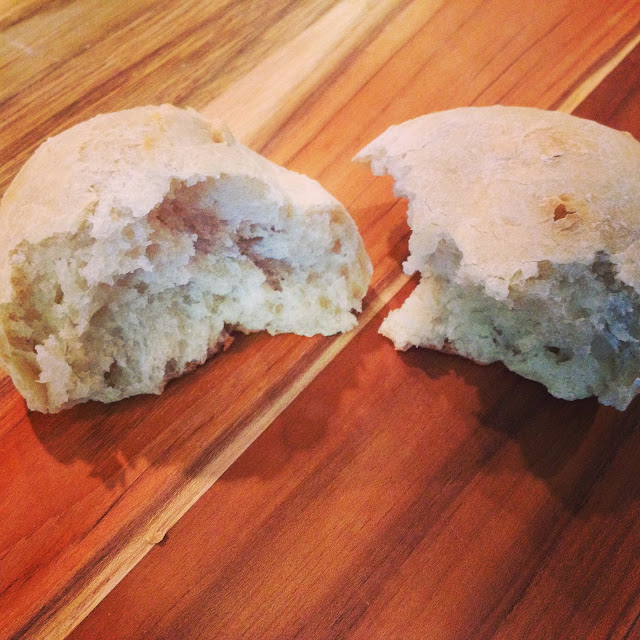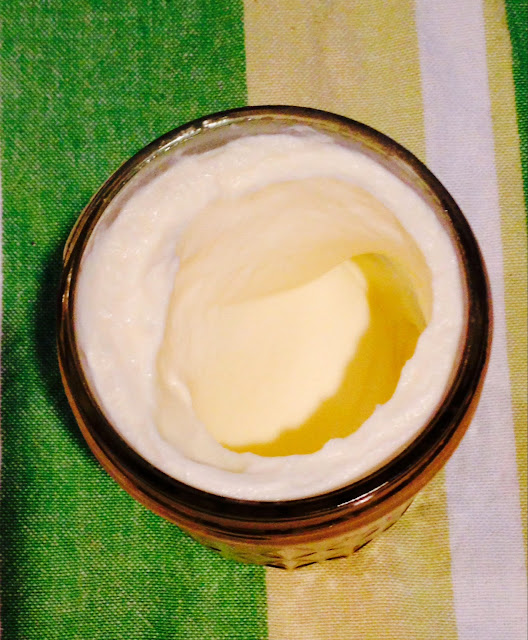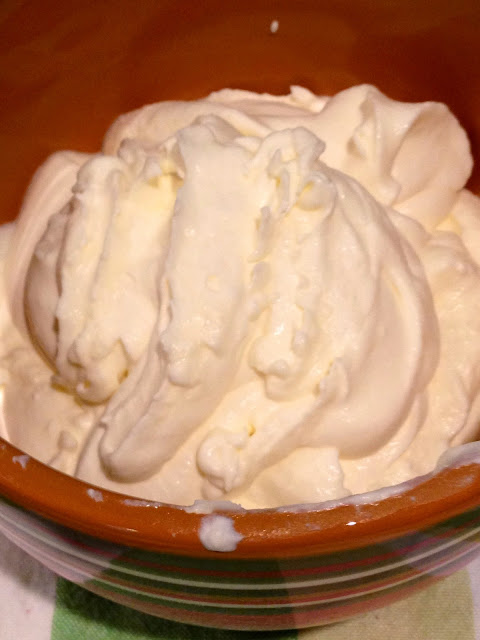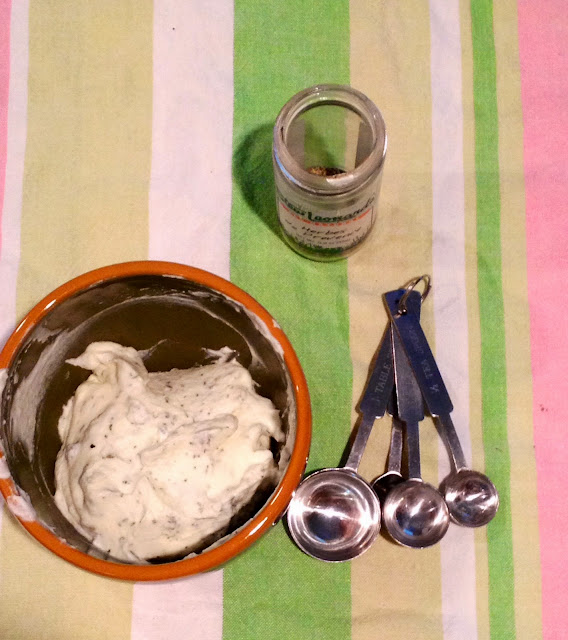The other day I shared with you my desire to make homemade bread not from a bread machine. I love homemade bread but the idea of it terrified me. It seemed so daunting! In my quest to try something new and to try my hand at those things that scare me I made the bread, with my daughter, and we couldn't believe how easy and delicious it was. A couple of weeks ago my children and I went strawberry picking. It was the the height of strawberry season in Connecticut and with the 10 pounds of fruit we brought home not only did we need strawberry recipes, but we needed recipes that would use lots of berries at once! And so it seemed that the time to try my hand at making homemade strawberry jam had come. I researched the recipes which looked easy and simple enough. I chose to use The Pioneer Woman's recipe. She had 2 very in depth, detailed and picture-heavy posts. I felt fairly safe that I could not go wrong. Well, we did! We forgot the lemon juice and I don't think we let the mixture boil quite long enough as our jam was still a tad bit liquidy - but it was fantastic nonetheless. They say that practice makes perfect and blueberry season is now upon us... Can you guess what we will be doing next week?!
What you will need:
Strawberries, 5-6 cups
Powdered Fruit Pectin (this is sold in the canning aisle of supermarkets), 6 TBS
Sugar, 7 cups
Lemon juice, 1/4 cup - We forgot the lemon juice and many recipes don't even require this
Small mason jars with lids, 8
Large canning pot
Large pot to make the jam
The Pioneer Woman suggests to get a rack to fit inside pot but we didn't have one and we were find. She also suggested to get a jar lifter. We didn't have that as well and used long tongs to pull the jars from the hot water.
Making jam is child's play! Here my 15 year old helps me can the hot jam.
I think this is what scared me the most... the boiling process. I thought if this was not done properly the result would be automatic botulism. I was wrong. If the jars don't seal shut it simply means they need to be refrigerated. I felt a lot better knowing I was not going to accidentally poison anyone... though, I've been considering Botox recently ;)
It is important that the jars are hot so that they do not crack when pouring the hot jam mixture into them, hence the reason for needing two large pans. Don't have 2? Don't spend a fortune. We made a quick run out to Home Goods and got a large and gorgeous pan for practically nothing at all.
DIRECTIONS:
1. In a large pot that is large enough to hold 8-10 jam jars, bring water to a rolling boil, then turn down to simmer. Heat jars and lids until ready for use. Do not boil. Set bands aside.
2. Smash strawberries in a large bowl or on rimmed cookie sheets, then combine strawberries and lemon juice in a 6- or 8-quart saucepan. Gradually stir in pectin. Bring mixture to a full rolling boil that can not be stirred down, over high heat, stirring constantly.
3. Next add the entire measure of sugar, stirring to dissolve. Return mixture to a full rolling boil. Boil hard 1 minute, at minimum, stirring constantly. Remove from heat. Skim foam if necessary.
4. Carefully spoon or ladle hot jam into hot jars leaving 1/4 inch head-space. Wipe rim. Center lid on jar. Apply band until fit is fingertip tight.
5. Process in a boiling water canner for 10 minutes, adjusting for altitude. Remove jars and cool. Check lids for seal after 24 hours. Lid should not flex up and down when center is pressed.
6. When cooled and refrigerated, several hours at least, spread on to some homemade bread, or do as my kids did and make your favorite sandwich!

